1868
Following the marriage of his daughter Carl Kappert (left) founds a family business: together with his son-in-law Louis Holstein he starts selling technical equipment to breweries and malthouses in Dortmund.
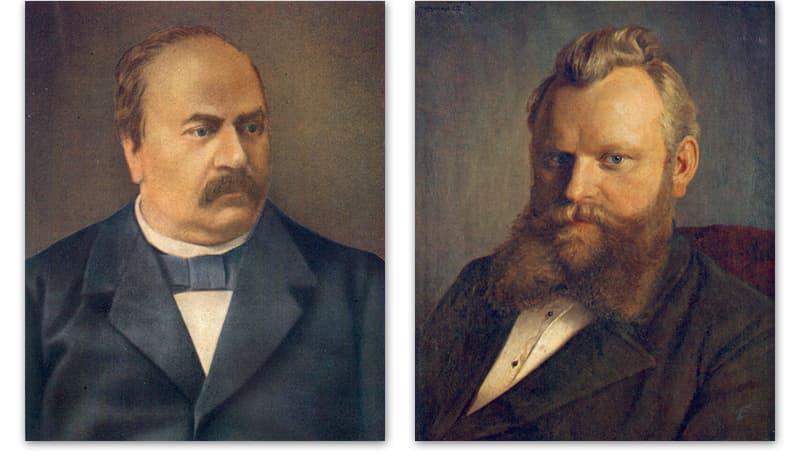
1891
Carl Kappert dies after handing over his share of the company to his son Fritz two years previously.
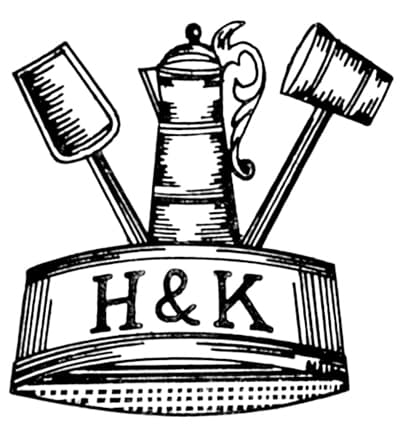
1896
New headquarters in a strategic position: with the building of its new facilities Holstein & Kappert gains more space and direct access to the main goods station in Dortmund.
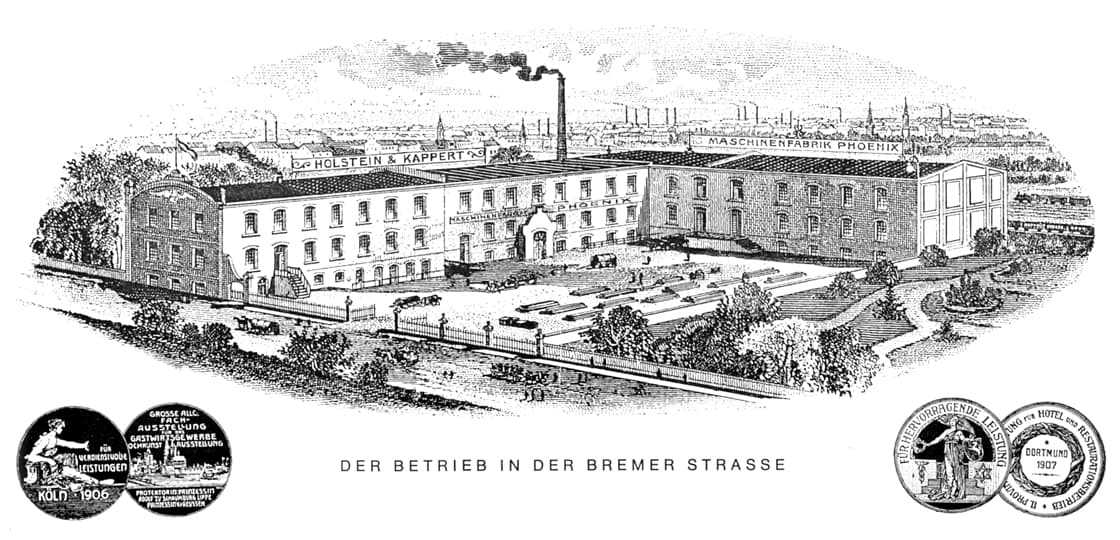
1900
Wide range of products for sale: the company’s 175-page illustrated main catalog is published. In it Holstein & Kappert presents its full portfolio – from rubber hose to bottle brushing machine and from coal shovel to ice-making system.

1905
Louis Holstein dies.
The company begins to expand: in addition to its trade activities Holstein & Kappert starts producing goods. The owners set up the Erste westfälische Kellereimaschinenfabrik Phönix GmbH to cater for the trend in bottled beer.
1906
Carl Petersen is named technical managing director.
The company gains a new managing partner: Fritz Thiele from a brewing family in Posen who brings a valuable patent with him. His Phönix Horizontal-Automat, a horizontal bottle brushing machine, goes into serial production.
1907
Holstein & Kappert and Phönix merge.
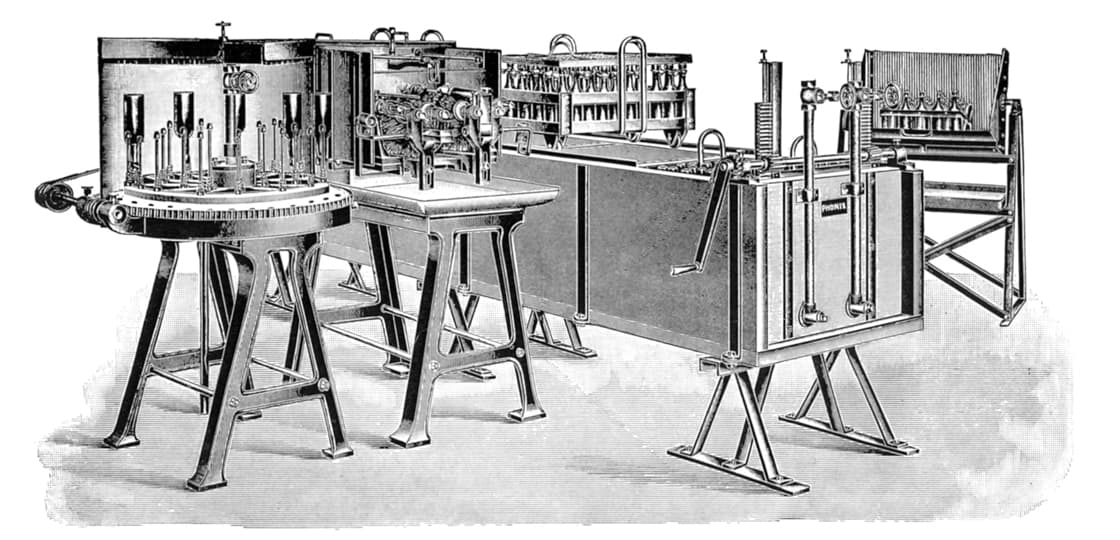
1909
A “branch office for the propaganda, sale and assembly of products to East Germany” is opened in Berlin.
1910
The automatic Phönix Modell 1910 bottle brushing and rinsing machine is a bestseller: 350 customers from Germany and beyond are convinced by the equipment’s output of up to 3,000 bottles per hour.
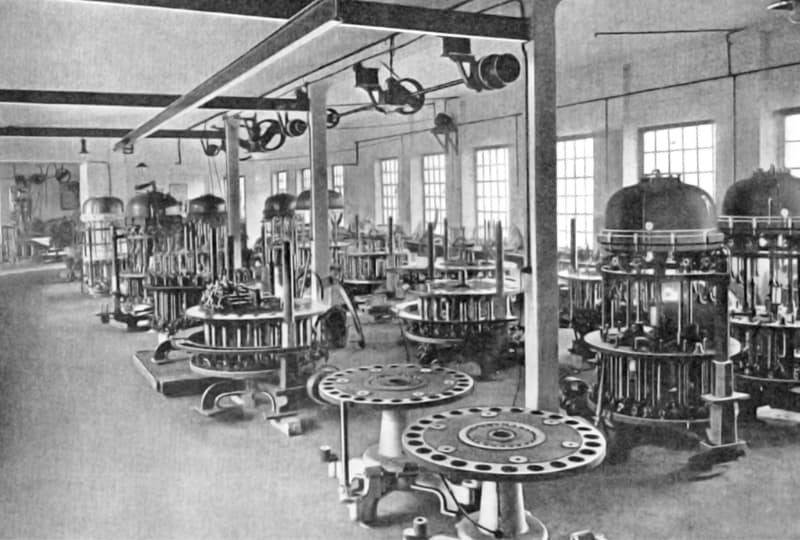
1911
Fritz Kappert dies. Justus Holstein, son of co-founder Louis, joins the company as his successor.
1912
The South American market is booming: Holstein & Kappert has “permanent representation” in Buenos Aires and sells 18 machines. It has many other offices in metropolises throughout Europe. The company achieves a total turnover of around two million marks.